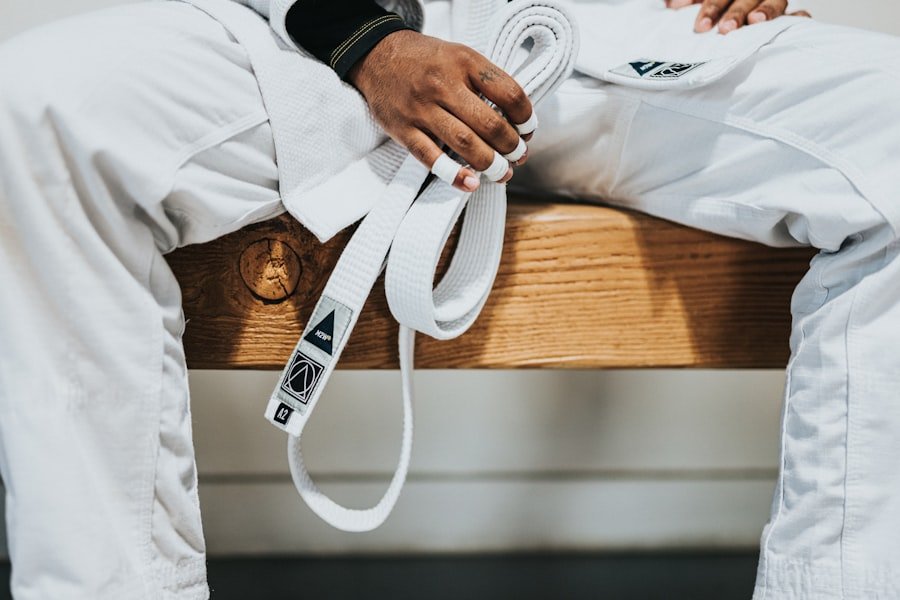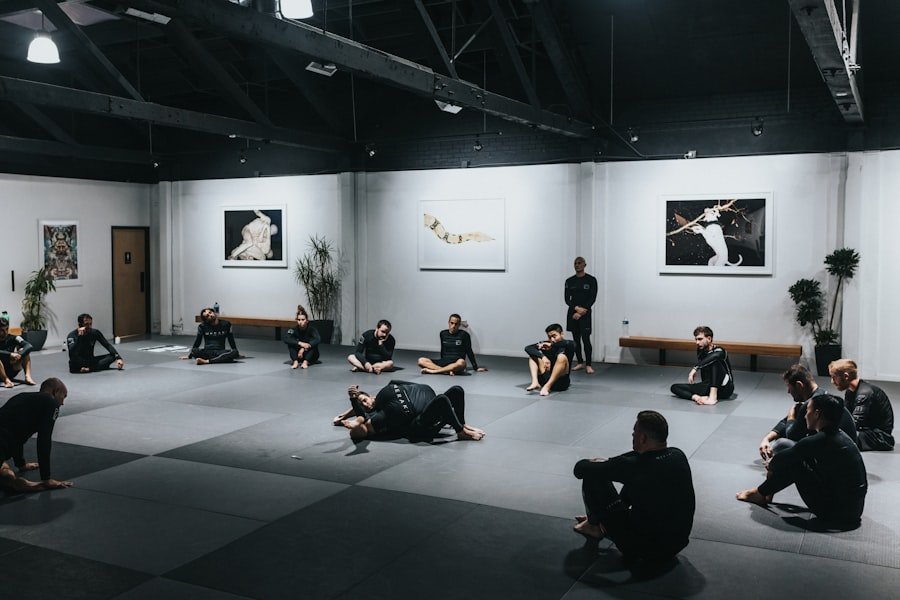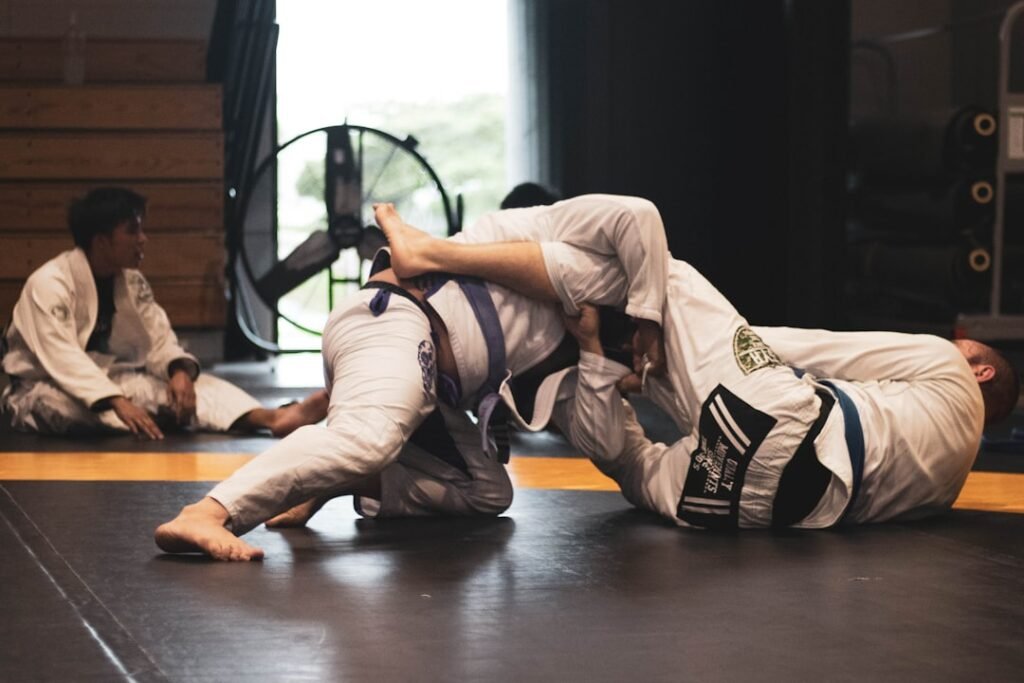Learning Chinese offers a multitude of advantages for martial arts practitioners, extending far beyond mere communication. For those deeply engaged in disciplines such as Kung Fu, Tai Chi, or Wing Chun, understanding the language can significantly enhance their training experience. Firstly, many martial arts techniques and philosophies are rooted in Chinese terminology, which often carries nuanced meanings that are lost in translation.
By grasping the language, practitioners can better appreciate the subtleties of their art, leading to a deeper understanding of techniques and forms. Moreover, learning Chinese fosters a connection with the rich history and culture that underpins martial arts. It allows practitioners to engage with traditional texts, philosophies, and teachings that have shaped their disciplines over centuries.
This connection not only enriches their training but also cultivates a sense of respect and appreciation for the cultural heritage of martial arts. As a result, practitioners who invest time in learning Chinese often find themselves more motivated and inspired in their practice. Spaces are filling up fast! Register for Chinese classes at the LC Chinese School in Oslo today.
Table of Contents
ToggleSummary
- Learning Chinese can enhance your understanding of martial arts philosophy and history
- Chinese language and culture can provide a deeper insight into martial arts training
- Finding the right Chinese language course in Oslo is essential for martial arts practitioners
- Understanding the historical and philosophical roots of Chinese martial arts is crucial for practitioners
- Exploring the connection between Chinese language and martial arts terminology can improve your practice
How Chinese Language and Culture Enhance Martial Arts Training
The interplay between language and culture is particularly significant in the realm of martial arts. The Chinese language is imbued with cultural references and historical context that can greatly enhance a practitioner’s training. For instance, many martial arts movements are named after animals or natural elements, each carrying symbolic meanings that reflect philosophical concepts.
Understanding these terms in their original language allows practitioners to connect more deeply with the essence of their movements. Furthermore, the cultural practices surrounding martial arts—such as rituals, etiquette, and philosophy—are often conveyed through language. By learning Chinese, practitioners can engage more fully with their instructors and peers, fostering a sense of community and shared understanding.
This cultural immersion not only enriches the training environment but also encourages practitioners to embody the values and principles inherent in their martial arts practice.
Finding the Right Chinese Language Course in Oslo

For those residing in Oslo and eager to embark on their journey of learning Chinese, finding the right course is crucial. The LC Chinese School stands out as an excellent option for martial arts practitioners seeking to enhance their language skills. With a variety of courses tailored to different proficiency levels, students can choose a programme that aligns with their specific needs and goals.
The school’s experienced instructors are well-versed in both the language and its cultural context, ensuring that students receive a comprehensive education. In addition to traditional classroom settings, LC Chinese School offers immersive experiences that allow students to practice their language skills in real-world contexts. This practical approach not only aids in language retention but also helps students develop confidence in their speaking abilities.
By integrating language learning with martial arts training, practitioners can create a holistic educational experience that supports their growth both on and off the mat.
Understanding the Historical and Philosophical Roots of Chinese Martial Arts
To fully appreciate the practice of martial arts, one must delve into its historical and philosophical roots. Chinese martial arts have evolved over thousands of years, influenced by various dynasties, philosophies, and cultural movements. Understanding this history provides practitioners with valuable insights into the principles that govern their art.
For instance, many martial arts are influenced by Confucianism, Taoism, and Buddhism, each contributing unique perspectives on discipline, balance, and harmony. Moreover, the philosophical underpinnings of martial arts often emphasise concepts such as respect, humility, and perseverance. By studying these philosophies alongside the language, practitioners can cultivate a mindset that enhances their training.
This deeper understanding not only improves technical skills but also fosters personal growth and character development—essential components of any martial artist’s journey.
Exploring the Connection Between Chinese Language and Martial Arts Terminology
The relationship between the Chinese language and martial arts terminology is intricate and profound. Many martial arts terms are derived from classical Chinese, which can be challenging for learners but also rewarding. Each term often encapsulates a wealth of meaning that reflects the philosophy behind the movement or technique.
For example, the term “Qi” (气) refers to vital energy or life force, a concept central to many martial arts practices. By learning these terms in their original context, practitioners can gain a more nuanced understanding of their art. This linguistic knowledge allows them to engage more meaningfully with instructors and fellow students during training sessions.
Additionally, it opens up opportunities for exploring traditional texts that discuss techniques and philosophies in depth—resources that are invaluable for any serious martial artist.
Immersing Yourself in Chinese Language and Culture in Oslo

Oslo offers a vibrant cultural landscape that provides ample opportunities for immersing oneself in Chinese language and culture. Beyond formal classes at institutions like LC Chinese School, practitioners can engage with local Chinese communities through cultural events, festivals, and workshops. These experiences not only enhance language skills but also foster connections with individuals who share similar interests in martial arts and cultural exchange.
Participating in community events allows practitioners to practice their language skills in informal settings while gaining insights into Chinese customs and traditions. This immersion can significantly enrich one’s understanding of martial arts as it provides context for the movements and philosophies learned in class. By embracing both language and culture, practitioners can cultivate a holistic approach to their martial arts journey.
The Role of Chinese Calligraphy and Martial Arts
Chinese calligraphy is an art form that holds significant cultural value and is closely linked to martial arts practice. The discipline required for mastering calligraphy mirrors the dedication needed for martial arts training. Both require patience, focus, and an understanding of form—qualities that are essential for success in either field.
Practitioners who explore calligraphy often find that it enhances their appreciation for the aesthetics of movement within martial arts. Moreover, calligraphy serves as a means of expressing philosophical concepts central to martial arts. Many calligraphic works feature proverbs or sayings that encapsulate key teachings or values associated with martial arts practice.
By studying these works, practitioners can deepen their understanding of the principles guiding their training while simultaneously honing their language skills.
Incorporating Chinese Language Learning into Your Martial Arts Practice
Integrating Chinese language learning into martial arts practice can be a transformative experience for practitioners. One effective approach is to incorporate vocabulary related to techniques and forms into regular training sessions. By verbalising movements in Chinese during practice, students reinforce their language skills while simultaneously enhancing muscle memory associated with each technique.
Additionally, practitioners can engage with instructors by asking questions or seeking clarification using Chinese terminology. This not only improves communication but also demonstrates respect for the cultural roots of the art form. As students become more comfortable with the language, they may find themselves more engaged in discussions about philosophy and technique—further enriching their overall training experience.
Connecting with Chinese Martial Arts Masters in Oslo
Oslo is home to several esteemed Chinese martial arts masters who offer invaluable insights into both practice and philosophy. Connecting with these masters can provide practitioners with unique opportunities to learn directly from experienced instructors who possess deep knowledge of the art form. Many masters also emphasise the importance of understanding the language as part of one’s training journey.
Attending workshops or seminars led by these masters allows practitioners to immerse themselves in authentic teachings while practising their language skills in context. Engaging with experts not only enhances technical abilities but also fosters a sense of community among fellow practitioners who share a passion for martial arts and cultural exploration.
Using Chinese Language Skills to Access Traditional Martial Arts Texts and Resources
One of the most rewarding aspects of learning Chinese for martial arts practitioners is the ability to access traditional texts and resources that are often unavailable in translation. Many foundational works on martial arts philosophy, techniques, and history are written in classical or modern Chinese. By acquiring language skills, practitioners can delve into these texts to gain deeper insights into their art.
Reading original texts allows students to explore various interpretations of techniques and philosophies that may differ from contemporary teachings. This exploration can lead to new perspectives on training methods or even inspire personal growth within one’s practice. Furthermore, engaging with these resources fosters a sense of connection to the lineage of martial arts—a vital aspect for any dedicated practitioner.
Enhancing Your Martial Arts Journey Through Chinese Language and Culture
In conclusion, learning Chinese is an invaluable asset for martial arts practitioners seeking to deepen their understanding of their art form. The benefits extend beyond mere vocabulary acquisition; they encompass cultural immersion, historical context, and philosophical exploration that enriches every aspect of training. By embracing both language and culture through courses at institutions like LC Chinese School in Oslo, practitioners can embark on a transformative journey that enhances not only their technical skills but also their personal growth.
As they navigate this path, practitioners will find themselves more connected to the rich heritage of martial arts while developing meaningful relationships within their community. Ultimately, integrating Chinese language learning into martial arts practice creates a holistic experience that fosters respect for tradition while encouraging individual expression—a true embodiment of what it means to be a martial artist today.







